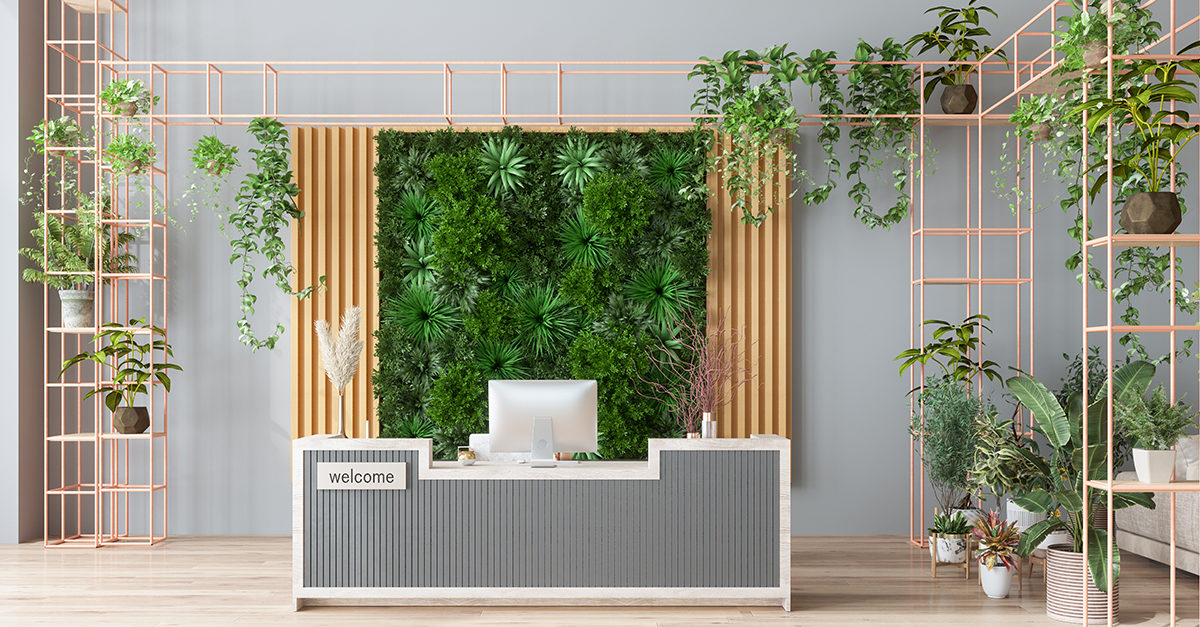The best way for hospitality businesses—such as hotels, restaurants, and bars—to send customers running in the opposite direction is to cut corners on cleanliness. No one likes dirty sheets or streaky silverware, especially in a pandemic-scarred world.
If you’re a decision-maker at your company, this isn’t news. You already have an established approach to cleaning, and in many cases, it probably involves toxic chemicals. The chemicals in traditional products have worked for you so far, and you’re comfortable with it. Why change now?
It’s a fair question, one that any advocate of sustainable cleaning has heard before. But there are good reasons for hospitality executives to overcome that initial burst of skepticism and give sustainable cleaning a serious look.
Technological advances in green cleaning
According to conventional wisdom, green cleaners are less effective than their traditional competitors precisely because they’re green. The general thinking is that if toxic chemicals in conventional products kill germs and sustainable cleaners use fewer toxic chemicals, then sustainable cleaners must kill fewer germs.
This logic has always been doubtful. Studies on technological advances, such as electrolyzed water, have thoroughly dismantled whatever credibility the conventional view might once have had. After all, one easy way to reduce toxicity is to eliminate fragrances, which often use dangerous chemicals yet do nothing to clean or disinfect.
Electrolysis involves running an electric current through a mixture of salt and water to produce hypochlorous acid (HOCl) and sodium hydroxide (NaOH). The first acts as a disinfectant that’s 80-120 times stronger than bleach, while the second can be used as a multi-purpose cleaner and degreaser. Even better, both are harmless to people.
While electrolyzed water itself isn’t new, innovative technology now allows us to produce solutions that won’t corrode valuable equipment. The most exciting innovations happening in the cleaning industry are green.
Bringing cleanliness and health together
We use cleaning products to neutralize threats to our health and safety, such as the spread of infection. But in dealing with one threat, we can give rise to others.
Unfortunately, the chemicals we use to kill germs can also be dangerous to us humans. Many of these chemicals qualify as volatile organic compounds (VOCs), which have been connected to a wide range of health problems from cancer to respiratory system damage. Other common ingredients, ammonia or bleach, are also highly toxic.
Working with toxic products isn’t just a problem for professional cleaners. One large study “found accelerated lung function decline in women both following occupational cleaning and cleaning at home.” The effects of chemical cleaning products were comparable to the effects of smoking cigarettes.
It’s clear that when it comes to our health, toxic chemicals seem to create nearly as many problems as they solve. Although “clean” doesn’t always mean “safe”, tools are available to fix the problem. The hospitality industry can lead the way—and reap the moral and financial benefits of a healthier, happier staff.
Help the planet and save money
Plastic packaging for cleaning chemicals is no less of a problem. National Geographic reports that less than 9% of all plastic is recycled, and recent studies found plastic recycling efforts are decreasing. Wildlife pays the price.
Green and sustainable technology not only addresses what’s inside the bottle, but also outside.
As the electrolyzed water process uses an onsite generator, businesses can drastically reduce their plastic consumption as they produce inventory themselves for pennies on the dollar. All you need for this cleaning source is a source of water, electricity, salt, and a drain.
Show customers you care
If sustainable cleaning is such a viable alternative—and it is—then that brings us to a final advantage: the opportunity to show potential customers that you’re constantly looking for ways to improve.
Numerous studies indicate that the global sustainable cleaning market is growing quickly—even outpacing its conventional counterpart. With the rise of viable technologies that eliminate toxicity without sacrificing performance, businesses will likely find value in being on the cutting edge.
Relatedly, sustainability, health, and wellness are growing factors in consumer decision-making. One study found that 85% of people have shifted their purchasing decisions to be more sustainable over the last five years.
Meanwhile, in a McKinsey survey of more than 7,500 customers, “79% of the respondents said they believe that wellness is important, and 42% consider it a top priority. In fact, consumers we researched reported a substantial increase in the prioritization of wellness over the past two or three years.”
In short, customers care about wellness and sustainability, and they want the businesses they frequent to care too. For hospitality businesses—where cleaning is so pervasive—reducing or eliminating toxic cleaning chemicals is an excellent opportunity to show their commitment to customer and staff well-being. There’s no better time to get started than today.



